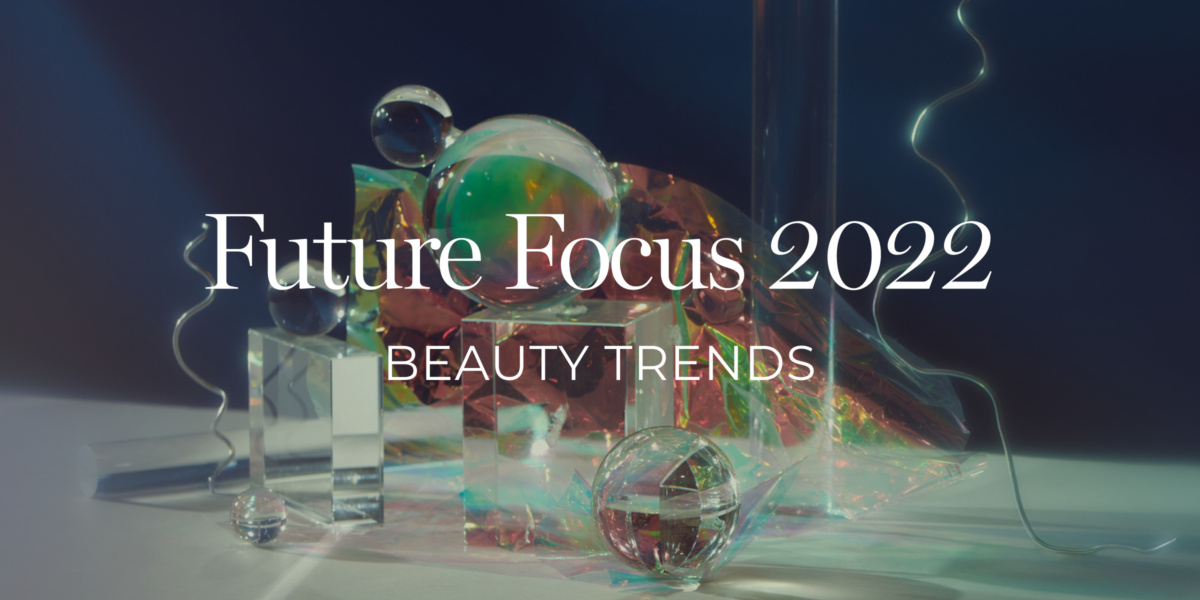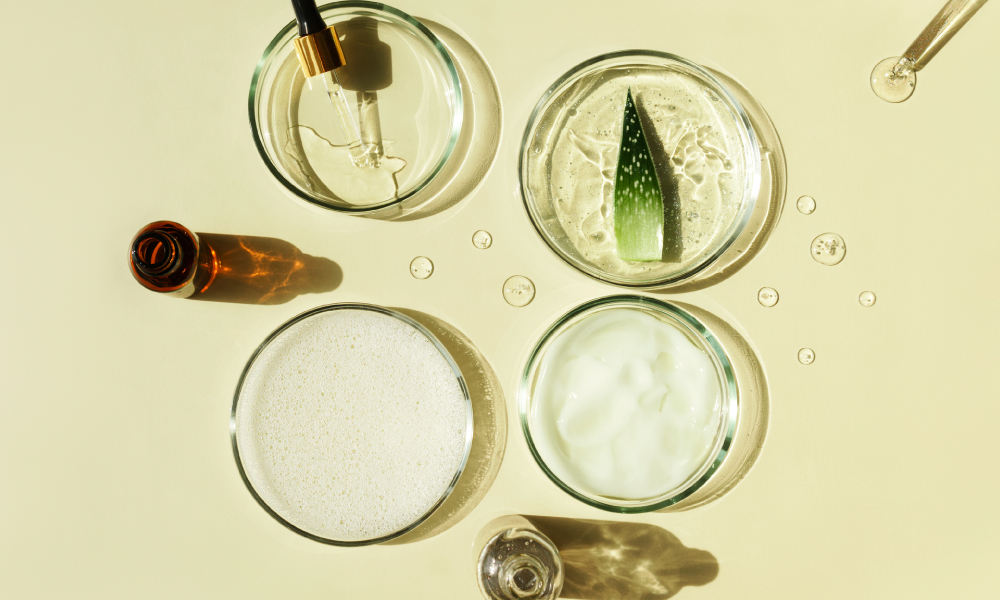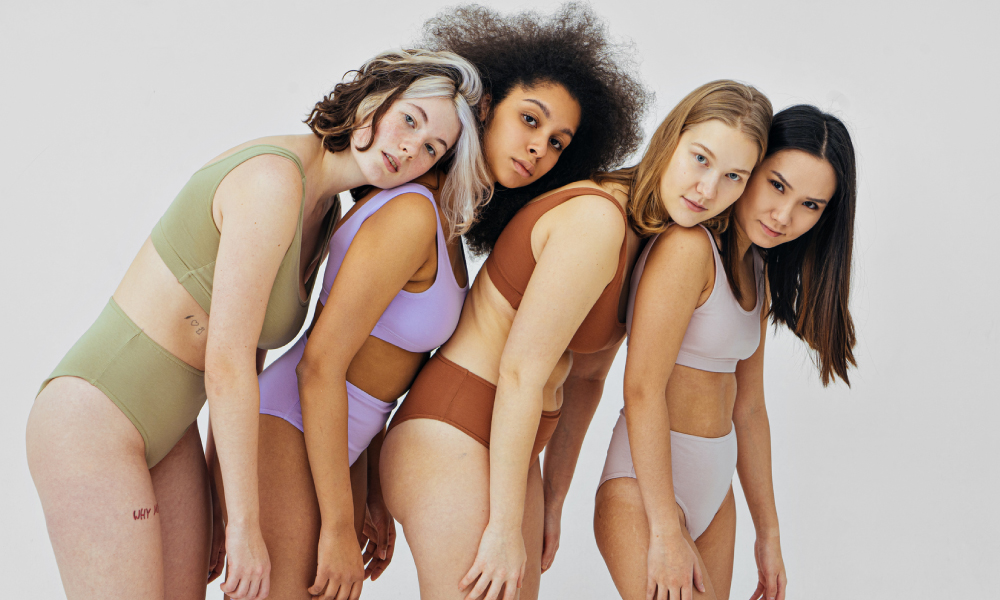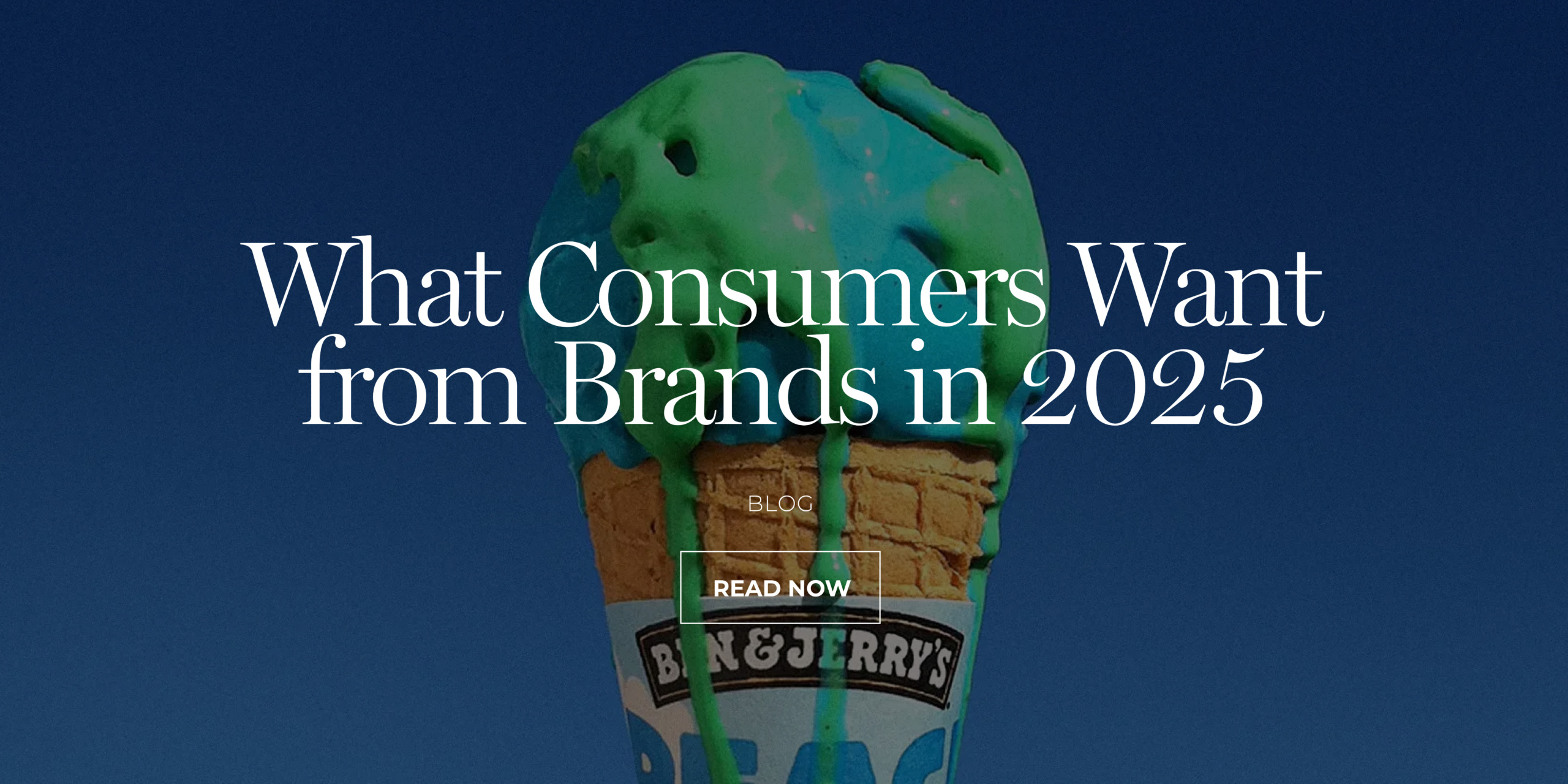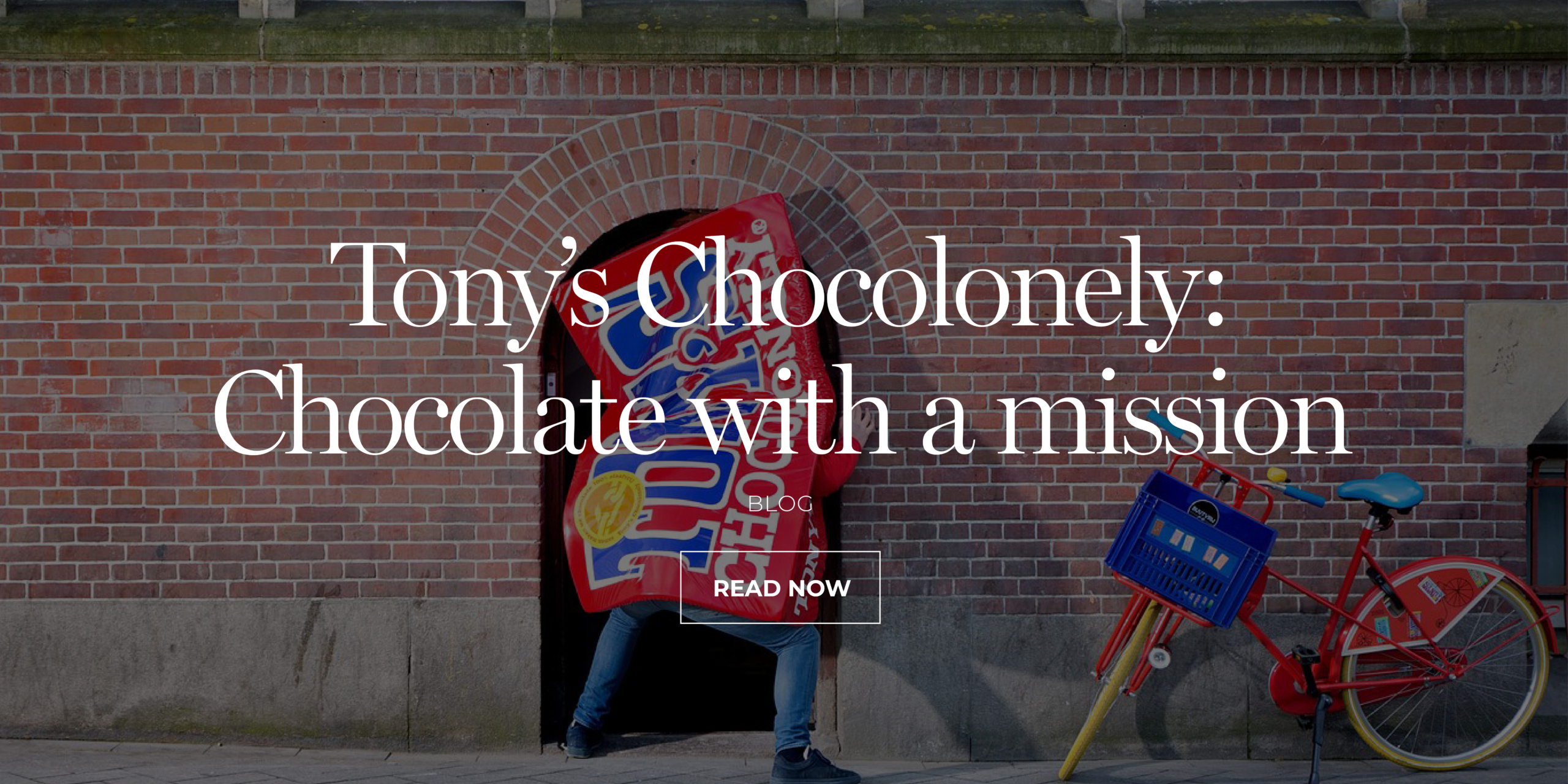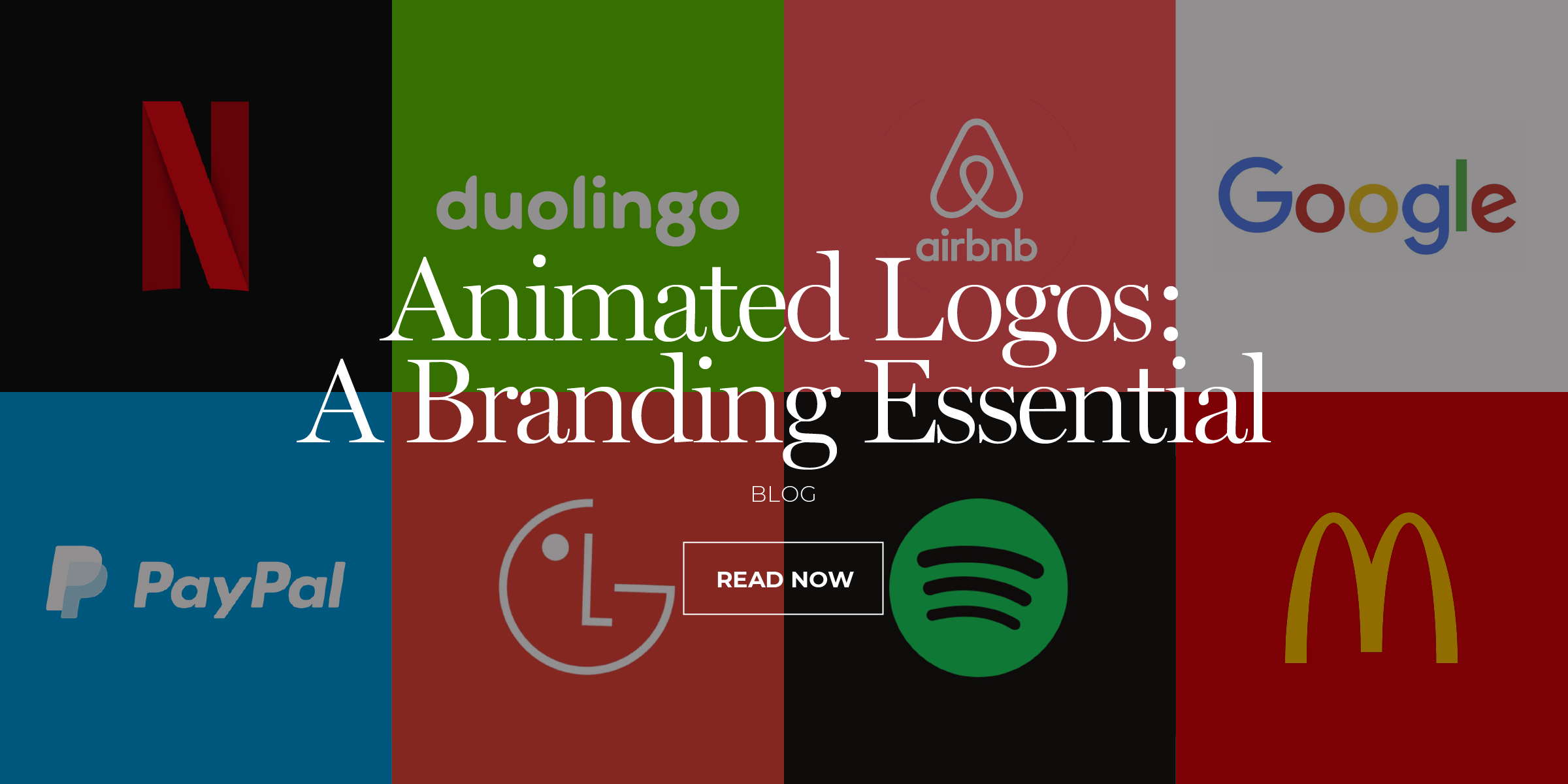Beauty Landscape
In 2022, beauty will veer away from the aspiration positioning of the last 30 years. With attitudes, lifestyles and identities more fluid than ever, the beauty sector is embracing a more flexible approach to making us look and feel better.
This year, the beauty sector will witness labelling innovations that ensure openness about ingredients, sustainability and clinical efficacy.
Clean Skincare
Almost 70% of shoppers examine the ingredients in their beauty and skincare products before purchasing. This is now a crucial barrier in the product-purchase decision-making journey. The need for brand transparency and credibility has never been more critical.
In response, beauty brands are reconsidering their approach to packaging and labelling to ensure openness about source ingredients, sustainability credentials and clinical efficacy.
Brands are publicly breaking down their beauty formulas, proudly listing every ingredient and percentage within their product.
Labels are now being designed to help customers see and understand the sustainability footprint of the products they use and their lifecycles. Going one step further, brands are providing more precise insights around products’ clinical efficacy, with some even providing clinical research data around 28, 56 and 84 days of using a product.
Flower Therapy
Post-Covid, consumers have turned to the natural world to improve their emotional, mental and physical health.
In 2022, brands are now exploring the benefits of one of nature’s essential elements – flowers
Due to spending so much time at home last year, gardening became one of the most popular activities during lockdown, while flower-arranging and floristry are gaining status as a form of meditation. Herbal tinctures that harness the healing properties of flower essences and natural remedies can assist in overcoming emotions such as anxiety, frustration and lethargy.
It should be noted that there is little scientific literature on the effectiveness of floral remedies, with many dismissing its positive effects as nothing more than a placebo. But many have found these types of therapies life-changing. As interest in natural forms of healing continues to grow, floral remedies seemed poised to be the next big thing.
Anti-aspirational Beauty
While the beauty sector has long thrived on aspirational and exclusive approaches to marketing, it is shifting to become more inspirational and inclusive by avoiding playing on women’s insecurities.
Faced with a potential backlash, brands are now reconsidering their brand visuals and language.
Unilever announced it would eliminate the word ‘normal’ from its beauty and personal care brands’ packaging and advertising. Australian haircare company Bread is rejecting the term ‘anti-frizz’ and creating products that help women of colour embrace their natural hair texture.
Beyond their diversity and inclusion efforts, beauty brands are also eliminating guilt with messaging and imagery that reframes beauty as more relatable and more authentic to everyday life.
Wrap Up
We hope that this report inspires you to adapt your beauty brand to this new era and evolve with these changing consumer trends.
We offer all companies a free strategy call with Davidson’s founder, Grant Davidson, to explore how brand purpose can drive your strategy and accelerate your business growth.
